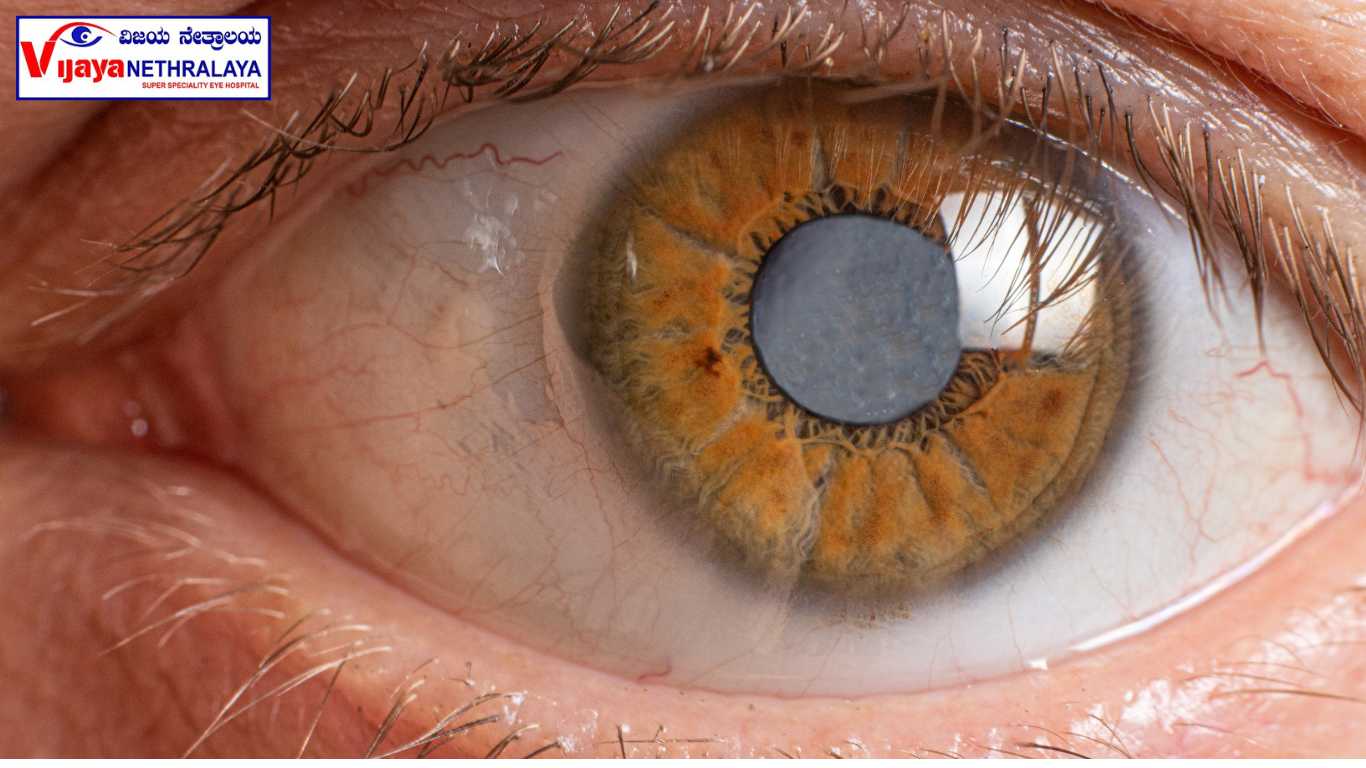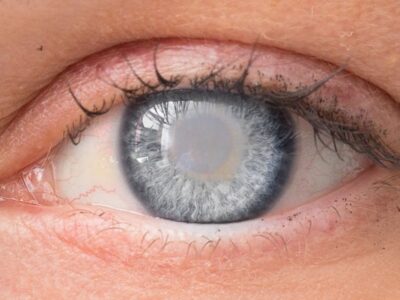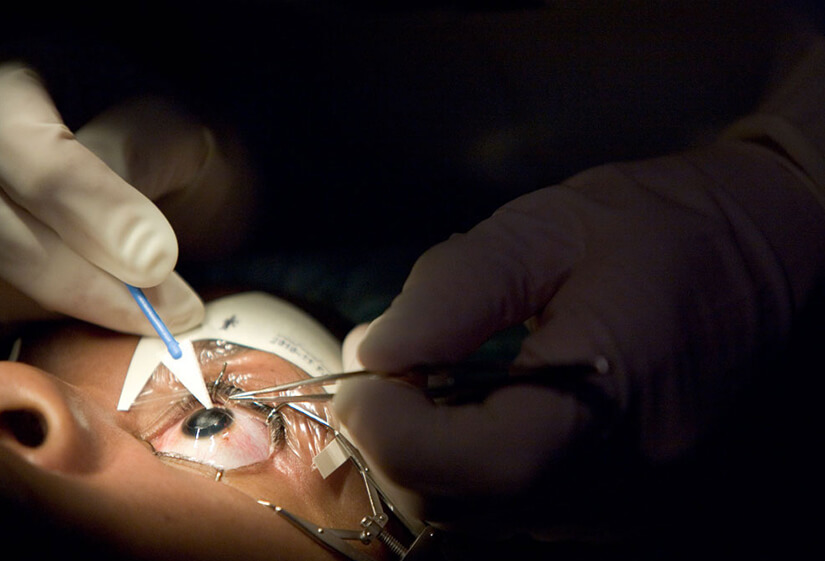Introduction:
Cataracts, a common eye condition primarily affecting older adults, can significantly impair one’s vision. Fortunately, advancements in medical technology have made cataract surgery a routine and highly effective procedure. Furthermore, one critical aspect of this surgery is the choice of lens implants. In the following sections, we will explore various types of Lens For Cataract Surgery, their benefits, and how they can help patients regain clear vision.
Understanding Lens For Cataract Surgery:
What Are Cataracts?
Cataracts are the clouding of the eye’s natural lens, leading to blurry vision, difficulty seeing at night, and other visual disturbances. This condition can interfere with daily activities and reduce overall quality of life.

Cataract Surgery: A Glimpse
This involves removing the cloudy lens and replacing it with an artificial lens, commonly known as an intraocular lens (IOL). Moreover, the choice of IOL plays a crucial role in the success of the surgery.
Types of Intraocular Lenses:
When it comes to IOLs for cataract surgery, patients have several options, each designed to address specific visual needs and preferences. Let’s explore some of the most common types:
1. Monofocal IOLs
Monofocal IOLs are the traditional choice for cataract surgery. They offer clear vision at one distance, typically either near or far. Patients may still need glasses for activities at other distances.
2. Multifocal IOLs
Multifocal IOLs provide clear vision at multiple distances. They reduce the need for glasses after surgery and enhance overall visual quality, especially for those who wish to be less dependent on corrective eyewear.
3. Toric IOLs
Toric IOLs are designed for patients with astigmatism, a condition that causes blurred vision due to irregular cornea shape. These specialized lenses correct astigmatism, offering clear vision and reducing the need for glasses.
4. Accommodating IOLs
Accommodating IOLs mimic the eye’s natural focusing ability. Furthermore, they adjust and shift within the eye to provide clear vision at different distances, offering a more seamless and natural visual experience.
5. Aspheric IOLs
Aspheric IOLs are known for their advanced optical design, which results in reducing visual aberrations and enhancing contrast sensitivity. Additionally, they provide high-quality vision in various lighting conditions.
Selecting the Right Lens For Cataract Surgery:
Choosing the right IOL depends on individual preferences, lifestyle, and eye health. In order to streamline this decision-making process, patients should discuss their options with their ophthalmologist, who will assess their visual needs and recommend the most suitable lens type.
The Cataract Surgery Process:
Preparing for Surgery
Before cataract surgery, patients undergo a comprehensive eye examination. This helps the surgeon determine the best IOL and surgical approach.
The Surgical Procedure
During surgery, the cloudy natural lens is removed through a small incision, and the IOL is implanted in its place. The procedure is typically performed under local anesthesia and is relatively quick.
Recovery and Postoperative Care
Recovery from cataract surgery is usually swift. Patients may experience some discomfort initially, but their vision will gradually improve over a few days. Following the surgeon’s postoperative care instructions is crucial for a smooth recovery.
Conclusion:
Cataract surgery with the right intraocular lens can transform blurry vision into clear, vibrant sight. In this regard, the choice of lens should be a collaborative decision between the patient and their ophthalmologist, taking into account individual needs and preferences.
FAQs:
1. How long does cataract surgery take?
Cataract surgery typically takes around 15-20 minutes per eye, although the entire process, including preparation and recovery, may take a few hours.
2. Is cataract surgery painful?
No, cataract surgery is not painful. Local anesthesia is used to numb the eye, and patients may feel slight pressure or discomfort, but it’s generally well-tolerated.
3. Can I choose the type of IOL for my surgery?
Yes, you can discuss your preferences and visual needs with your surgeon to select the most suitable IOL for your cataract surgery. Furthermore, this collaborative conversation ensures that the chosen lens aligns with your specific requirements and expectations.
4. How soon will I notice an improvement in my vision after cataract surgery?
Most patients notice a significant improvement in their vision within a few days after cataract surgery. Moreover, full recovery typically takes a few weeks as the eyes continue to adjust and heal.
5. Will I need glasses after cataract surgery?
The need for glasses after cataract surgery depends on the type of IOL chosen and individual visual requirements. While some IOLs reduce the need for glasses, others may still require some degree of corrective eyewear.













